Cycling with kids during winter isn’t the nightmare that most people peg it to be. We dare say that it can be a fun and memorable experience!
You’ll get your exercise instead of couch surfing like the rest of the world, and that breath of fresh air is something you will definitely appreciate once you hit those pedals.
But first, you must take necessary precautions to your dressing code, the length of the rides, as well as the essentials you must carry with you. As you will see, with a few tweaks here and there, you can go about your family rides without the cold and snowy weather being a hindrance.
Without further ado, here is a list of tips that we have found to be especially helpful for riding with kids during the winter.
1. Ensure the kids are warm
When it comes to winter riding, it goes without saying that keeping you and your kids warm should be your first course of action.
You do not want to experience the fuss of extremely cold kids, but you especially don’t want to expose them to illnesses and conditions such as hypothermia or frostbite.
The bulk of correct winter riding is dependent on the appropriate type of clothing, so be sure to arm yourselves with as many layers as is comfortable for the kids. That way, in case they get too warm, they can quickly shed them off. You’d rather have things that way than not having enough layers to keep them warm mid-ride.
The right winter riding clothes that you should definitely invest in include the following:
i. A merino wool base layer
A good wool base layer is just the best way to ensure that your kids remain warm, especially if you intend to go for long rides. The great thing about this material is that even when wet, the kids still remain warm.
Plus they can be used for other activities such as skiing and sledding.
ii. A warm coat and/or jersey
Again, layering up is the key to winter riding. You, therefore, want to choose a long-sleeved jersey over a short-sleeved one or better yet have them were one over the other. Top that up with a winter coat for extra warmth.
Just be sure not to overdo the layering; otherwise, your kids will be extremely uncomfortable underneath the bulky layers.
iii. A beanie or buff to be worn underneath the helmet
There are beanies and skull caps with ears explicitly designed to reduce heat escape through the head.
The rule of the thumb here is that they need to be thin enough to be worn comfortably underneath the helmet.
iv. Snow pants
You also want to curb the effect of wind-chill on the legs. So stock up on thermal underwear, thermal pants, and bib tights; and have your kids’ wear what makes them comfortable and is also safe for them.
A pair of over-trousers are also a worthy consideration even when it’s not raining. These pants will protect the knees and legs from getting extremely cold. Moreover, being waterproof and breathable, they protect them from the inevitable splash of puddles without suffocating them!
v. Gloves/ mittens or pogies
One part of the body that you want to ensure warmth for is the hands. Despite the constant contact with the handlebars, that is not enough of a guarantee that the hands will remain warm.
At the very core, gloves should enhance the warmth and allow mobility.
Long-fingered, thermal lined gloves are a great way of preventing fingers from freezing. The best ones are designed to ease braking and enable the rider to change gears smoothly.
When it comes to kids, though, mittens are a better alternative to gloves in most cases, so be sure to equip your kids with a pair.
You can find pogies in small sizes that keep the hands not only warm but also effectively stay on the handlebars without sliding off.
Additionally, arm and leg warmers are critical because the first point of impact of cold is usually in the hands and feet. These sleeves can turn a short-sleeved jersey into a long-sleeved one. Another great thing about these is that they can quickly be taken off once temperatures go up.
vi. Cycling sunglasses
Yes, you can even get cycling sunglasses with lenses that are appropriate for different light settings. If your kids are serious about cycling, then these are a must-have!
Polarized sunglasses are definitely worth investing if you are going to be riding in highly reflective surfaces such as snow.
You should also consider ski masks and/ or snow goggles if the weather is bordering on the end of the spectrum.
vii. Warm socks
Like we mentioned above, you don’t want to forget the feet which work on the pedals.
Winter thermal socks will protect those little toes from wind chill. The good thing is that they come in different fun and vibrant designs so your child can easily pick their favorite.
Also, because mittens and socks are usually the first items that get wet, be sure you carry an extra set for your kids.
vii. Warm boots
MTB shoes are a better choice here as they have a firmer grip hence fewer chances of slipping up and hurting oneself.
Listen, there is no way around this rule; layer up and accessorize appropriately with specialized winter cycling clothes so you can easily regulate their temperature. That way, you can be sure that everyone will have a great time.
2. Gear up with winter-appropriate riding accessories
Protective gear also plays a profound role in winter riding.
These include;
i. Cold weather helmets
The head is usually more exposed to wind chill compared to other body parts. Consider helmet inserts, child-sized balaclavas, and helmets with adjustable fittings as they leave more room for winter hats.
Some helmet manufacturers are in the business of making kids helmets that have a winter liner. What we love the most about these helmets is that they boost the retention of heat more appropriately as compared to wearing beanies underneath regular helmets. Plus, they are more comfortable!
Alternatively, use downhill ski helmets, which usually come with visors for extra wind protection.
Lastly, some good old Vaseline can be a great way to protect the child’s face from wind and draught in general.
- Enhance the kids’ visibility.
During the winter, the weather tends to fluctuate, with most days being grey and dull, and the dark of the night settling in earlier than usual.
That said, most people forget that their visibility on the road is also usually affected. To be on the safe side, you want to ensure that you and your kids are dressed in more conspicuous colors.
Hi-vi clothing is a must-have for winter riding on the road. Although many people aren’t fans of these clothing, they are of great help when riding in low and no light settings.
To further enhance the visibility of your little ones, be sure to add front and rear lights, reflective tapes as well as a safety flag.
2. Ensure that the bike is in perfect condition for winter riding.
All bike parts should be ready for the road ahead. So before embarking on your trip take time to do a quick functionality check on the following:
Pedals – opt for large and grippy mountain bike pedals rather than cages and clipless pedals. The former is better suited for riding boots.
Tires – wet conditions can make traction profoundly unpredictable. With that in mind, you want to consider studded tires as they are a better option, especially in icy conditions.
Fenders – use these to ensure you and the bike both remain clean.
Lastly, safety features such as the bells should also be in excellent working condition to avoid accidents.
4. Consider using a trailer.
The warmth of a trailer cannot be compared to sitting on a bike seat exposed to the cold.
If your child is young enough to fit in a trailer, then a warm enclosed trailer will do the trick. These have warmer seat sections, room for blankets, and sleeping bags, and they offer more coziness in general.
What most parents usually forget is that while they are working up a sweat pedaling, their young ones may be freezing at the back. That is why blankets and/or regular sleeping bags are necessary.
Now, the Thule line of trailers is one great place to start if you are in search of appropriate trailers.
As aforementioned, if riding with a trailer in snowy terrain, you might want to consider installing a fender on your rear wheel to prevent splashing the trailer with snow and interfering with your young ones’ view.
The truth is that salt, sand, and grime will most probably be kicked up by your tires, so fenders are an excellent forethought to protect your kid and save you cleaning time.
5. Keep them covered with rain covers or bunting bags.
As a final protective layer, you have the option of using a plastic rain cover. This will work for rain and wet snow, considering how the temperatures and wind tend to change drastically. The great thing about rain covers is that they allow the children to display their favorite jerseys, so it’s a win-win.
Additionally, even when it’s not raining, kids can still get wet from muddy puddles along the way, so rain covers serve more than one role.
Other than waterproof jackets and rain covers for rain protection, a bunting bag is another excellent alternative for ensuring warmth, especially when sitting on a bike seat, which is what a lot of older kids will be doing.
5. Carry warm drinks.
Every parent knows that the appropriate food or drink for their kids can make any situation better.
Food and drinks fuel them up and help generate body heat.
Equip yourself with a flask of hot soup or a thermos to hold the hot water or tea, and it will serve you well when your kids get cold. You can also bring along a few snacks to keep their mouths busy.
6. Shorten the length of your trip.
As much as you may love riding, now is not a good time to plan those long trips, especially with kids involved.
You want to have thirty minutes to an hour-long trip rather than three hours plus kinds of trips.
Again the health of your family is a top priority, so the most you can do is keep the trips appropriately lengthy and keep tabs with their comfort level throughout the entirety of the trip.
7. Take advantage of the snow
Lastly, if you reside in a snowy area, consider getting a ski kit for the young ones’ balance bikes.
They can easily convert their balance and pedal bikes for a fantastic time ‘skiing’ together.
You can also extend the fun by snow biking with fat bikes and your kids in tow. Just use bike arms to haul the kids behind if they aren’t big enough to have their own fat bikes.
There are a bunch of conversion kits that will give your family the adventure of a lifetime!
TIPS FOR DURING THE ACTUAL RIDE
Now, for the actual ride, there are a couple of measures that should be taken to keep you and your family safe and lively. These include:
1. Slow down
Again, the traction is usually unpredictable when riding in snow, so you want to ensure that everyone knows that they should ride slowly and slow down the pace, especially when making a turn to avoid sliding.
We have found it helpful always to take one foot off the pedal when approaching a turn or stop and be ready to put it down to make a steady stop.
Because you are riding slower, factor in that you will most likely take longer to arrive at your destination. Give yourself ten to twenty minutes extra, and you’ll be good to go.
Lastly, be sure to have a backup plan in case of the weather changes suddenly. Like we pointed out earlier, winter weather tends to fluctuate, so when the weather leans towards the severe side, then make immediate plans to head towards safety.
As long as the roads aren’t too busy and they are also clear enough to maintain balance on the go, then nothing should stop you from enjoying that family excursion.
2. Stick to your regular route
Wintertime is not the time to go exploring with your bikes, especially if your area if you’ve never taken that route beforehand.
There are several advantages to keeping your regular route. For starters, because you most probably know the route by heart, then you know just where you need to take more precautions by slowing down. Additionally, when it gets dark or snowy, then you can easily trace your route back with prior knowledge of where the sketchy spots are.
3. Budget for playtime
Like we’ve said before, taking a shorter trip is the best option for this time. However, if you opt for lengthier trips, then there are a few factors that you have to key in.
The children’s playtime is one of these. No one likes grumpy kids, and kids can get grumpy really fast because while you are pedaling, they are just sitting still. So ensuring that they jump and run about will get their minds active.
On the same note, be sure to take food and drink breaks to keep the kids warm, hydrated, and energetic.
4. Keep inflated
Last but not least, you also want to factor in the fact that the chances of getting punctures are amplified during winter. With the freshly cut hedges, debris from trees and shrubs, one of these will find a way to prick at your tires.
And with kids in tow, things can get stressful. So be sure to arm yourself with all the equipment you need. Be it spare inner tubes, a puncture repair kit, and/or a pump; stay prepared for that unsuspecting puncture.
Even if you don’t get punctured, it’s always a good idea to stay on the safe side.
AFTER THE RIDE
Despite gearing up, there isn’t much that can be done to protect your bikes. So be sure to wipe excess moisture off the drivetrain after riding to avoid wearing down the moving parts of the bike.
Additionally, wipe off the brake area to avoid mechanical damage. With that done, bike rides during winter won’t have to be a dreaded event.
Here is a list of items that will keep you protected even in sub-zero degrees.
Balaclavas
- Blackstrap kids balaclava hood
- Tough headwear- winter face mask with hood
- REDESS kids winter windproof hat balaclava
- OJSCOS kinds windproof double thick fleece hoody balaclava
Beanies
Ear Warmers
Mittens
Thermal Underwear
Thermal Pants
Helmets
- GROTTICO Ski-snow helmet for kids
- Bern- kids winter bandito EPS snow helmet
- Retrospec Traverse H3 Youth ski & snowboard helmet
Fenders
Lights
Conversion Kit
WRAP UP!
Winter is synonymous with snow and cold, and to some, it means that the bikes should be locked up till the next season.
But the truth is that the elements aren’t always against you, and you need to embrace them to enjoy winter riding fully. Sure, winter cycling means a lot more planning, but it’s definitely worth the effort.
All in all, stay warm, dry, and visible; be safe, and you can be sure that your bike experience will change from ‘cold and dull’ to ‘warm and fun!’
With these measures, cycling truly can be a year-round experience for your family!

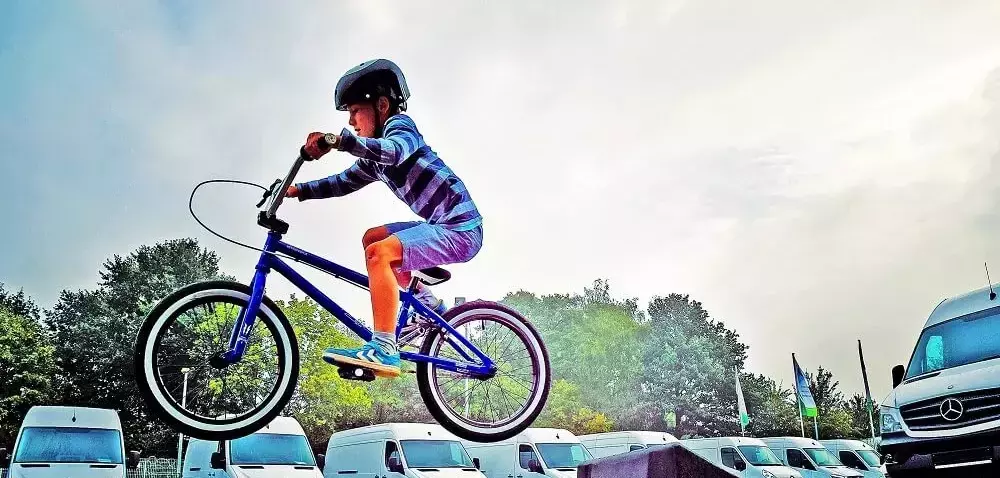

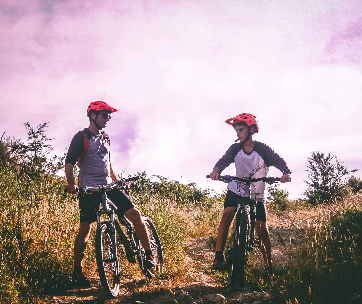

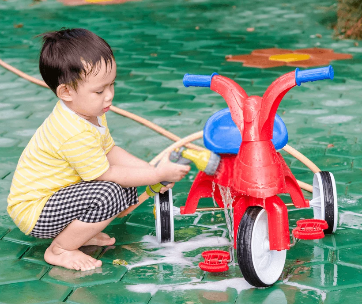
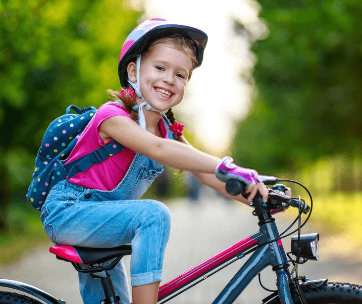
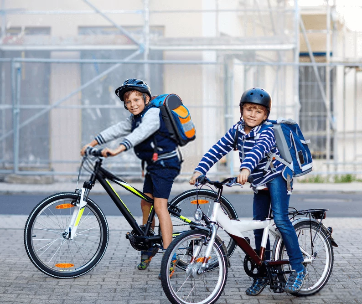
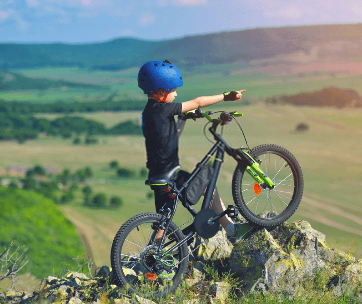

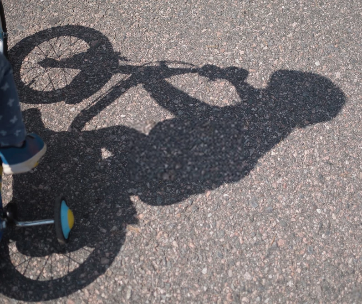

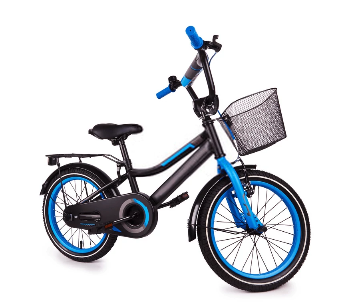

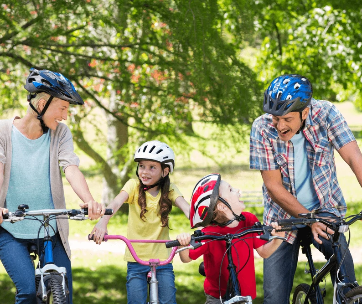
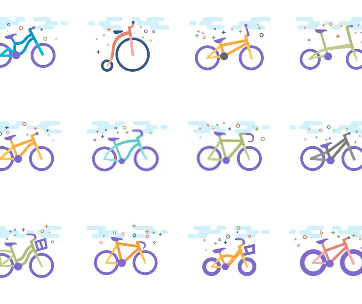




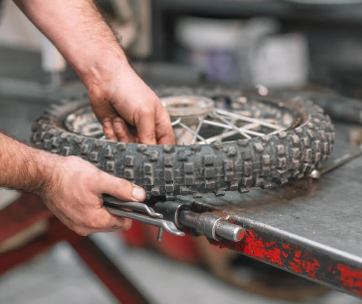
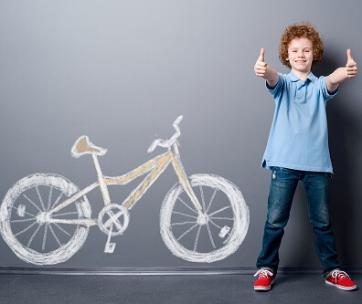


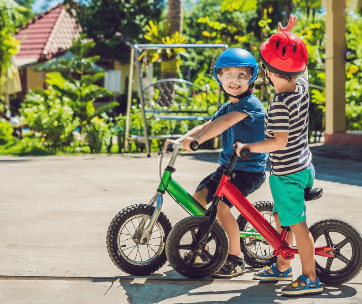
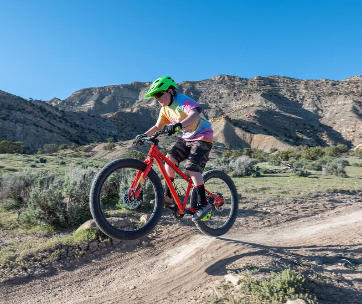
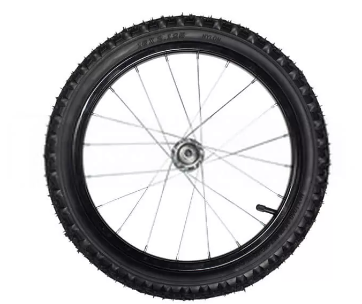
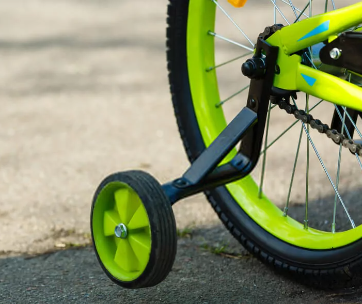
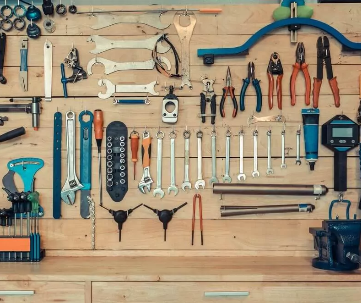
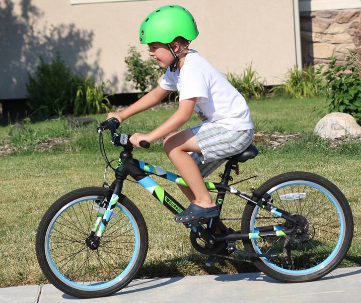
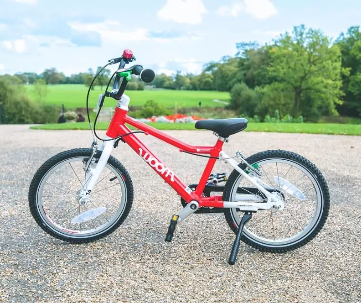
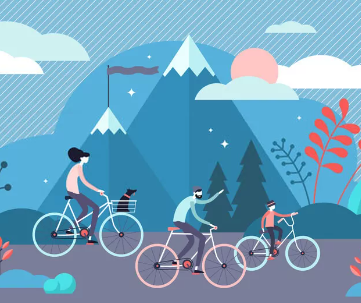
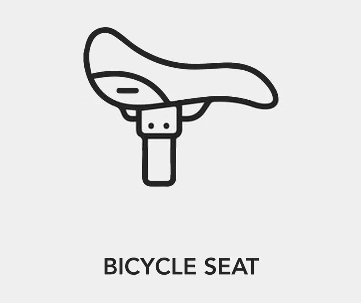
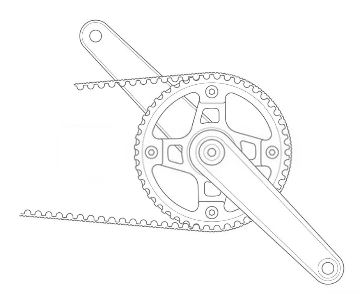
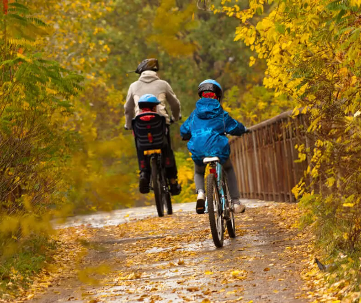
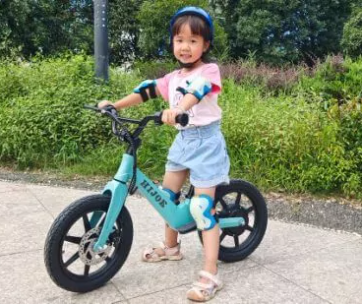

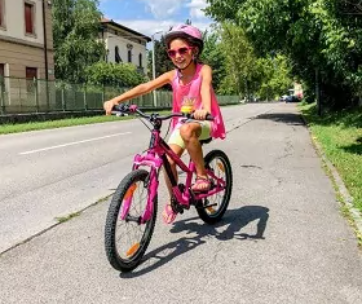
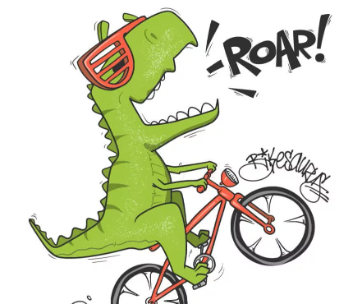
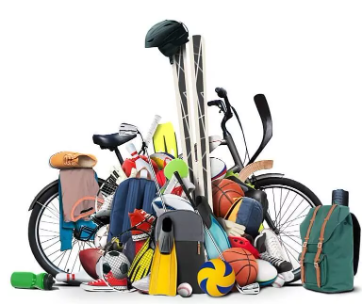
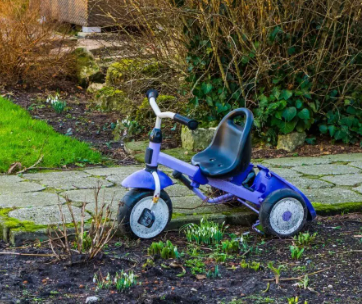
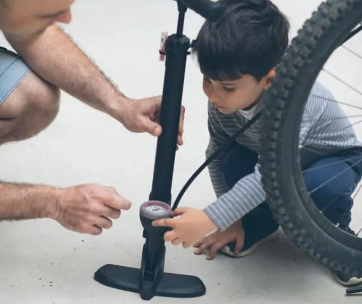
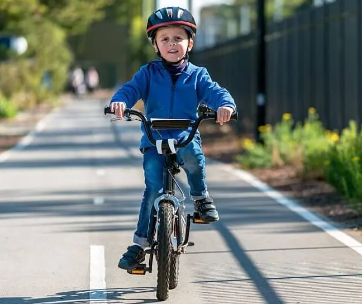
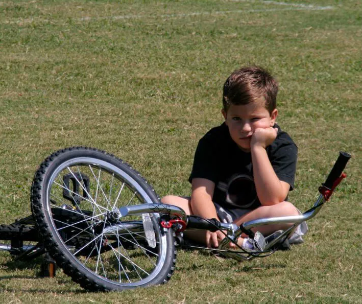
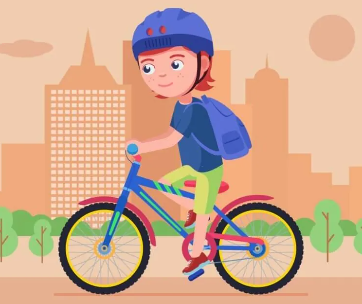
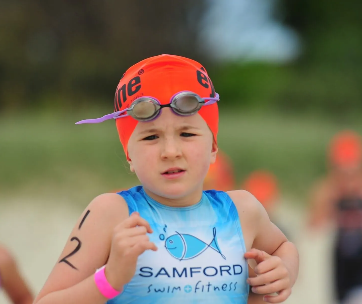
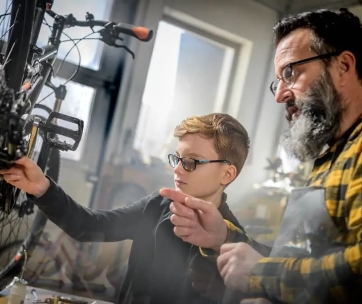

Comments